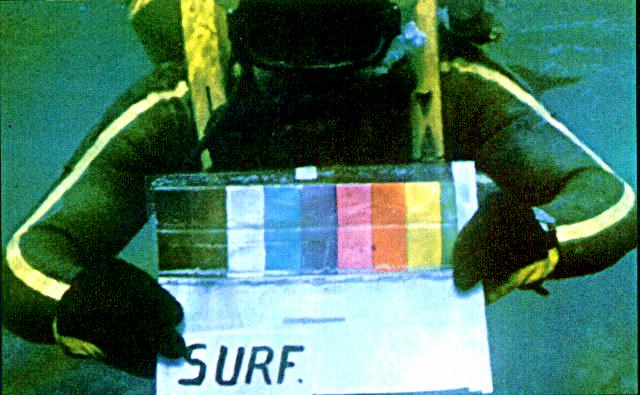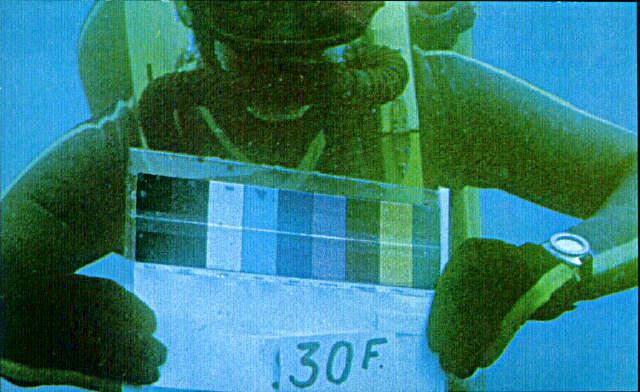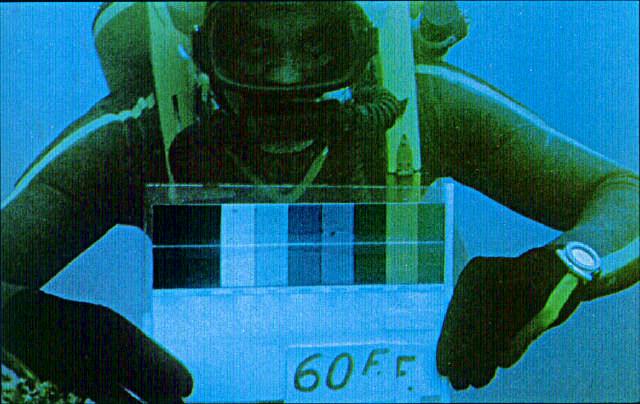6500 k lighting
Printed From: Utah Reefs
Category: Help
Forum Name: General Help
Forum Description: The place to ask about pest, problems, hitchhikers, etc.
URL: http://www.utahreefs.com/forum/forum_posts.asp?TID=51009
Printed Date: July 22 2025 at 3:49am
Software Version: Web Wiz Forums 12.03 - http://www.webwizforums.com
Topic: 6500 k lighting
Posted By: hedgefish
Subject: 6500 k lighting
Date Posted: August 29 2011 at 11:49am
|
do your corals grow faster with a 6500 than a 10000 k ------------- hedgefish |
Replies:
Posted By: russianrick
Date Posted: September 01 2011 at 9:26am
|
Either of those temperatures of light actually aren't very penetrating and tend to mimic the light that you would get outside of the water. 14000K and up better mimic the light that penetrates down to most reefs and so is better suited to a reef aquarium. The problem with cooler temperatures is that nuisance algae grows better than corals do with that temperature. Ideally you have 450nm lighting which produces a color temperature around 20000K as this focuses on the photosynthetic attributes of corals more than the attributes of various other nuisance algae. Most colors of light from 6500K and up will give your corals plenty of energy for growth, but the cooler colors offer a more broad spectrum that has side effects generally.
------------- In Soviet Russia, Fish collect YOU! 
|
Posted By: m.ash
Date Posted: September 01 2011 at 1:05pm
|
Depends on who you ask :)
I've read that corals grow under 6500K bulbs, but that you've got to have extremely bright lights in that color to do it. And nuicance algaes grow well under this color of lighting to, which is undesirable. Reds and yellows (6500K) don't penetrate water well, but blues do. I personally have found the best growth under 10,000K- 14,000K (fairly white) bulbs with supplemental 420 and 460 (violet and blue) intense lighting. A 20,000K bulb has a lot of blue in it, and many people wont run the supplemental blues under a 20,000K MH bulb.
Hope that helps.
|
Posted By: Aquaristnewbie
Date Posted: September 01 2011 at 1:15pm
|
From what I ahve heard 6500K will give you great growth but make your corals look like crap at the same time and like stated above, it will let nuisance algae thrive. From my experience something around 14K gives you the best of both worlds with good growth and good color. I used to use 20Ks and loved the color I got from those and also liked the blue tinit it gave my tank
------------- 150 gallon Reef Millcreek Utah |
Posted By: russianrick
Date Posted: September 01 2011 at 3:03pm
 . .------------- In Soviet Russia, Fish collect YOU! 
|
Posted By: Ryan Thompson
Date Posted: September 01 2011 at 4:55pm
Corals don't use algae to protect them.  They use algae to feed them sucrose. They use algae to feed them sucrose.They use proteins to protect themselves and even that is under debate right now. Some scientists will try to convince you that the color from a coral comes from UV light and others will tell you the exact opposite. I fall in the middle. If colors really depended on UV light, why do LEDs work??? They have no UV light and yet colors are still there in the corals. MUCH, MUCH, MUCH more goes on when it comes to coloration. Coloration has more to do with stable water parameters and proper flow then it does with lighting.
|
Posted By: Mark Peterson
Date Posted: September 01 2011 at 6:26pm
|
I agree with Ryan that corals do better and thus have their best color when the water is just how they like it both is composition and movement. But lighting does have an important role. The answer to the original question is not cut and dry. Some coral will grow better in lower Kelvin light, like bright sunlight, especially those coral that naturally grow in the surf and down to 20 feet. The coral we grow in our tanks come from depths of 5-100 feet or more. All those coral will not do so well in bright sunlight because some of that light spectrum (like red) actually inhibits growth in deeper dwelling coral. We assume that zooxanthellae are genetically inclined to grow best at specific wavelegths of light which approximate the wavelengths of light they receive at their ideal depths. See the pics below for a revealing look at light in the ocean. From what I have seen and learned in the last 20 years, MH bulbs for the aquarium hobby were developed from low Kelvin value bulb technology (5000-10000K). The technology had developed some very powerful yellow-white lights. Though the color we saw in those bulbs was yellow-white, the amount of blue wavelength light in those bulbs was also very intense. This meant that those bulbs were found to grow coral very well because they also put out intense blue light. In recent years the technology for aquarium MH bulbs has greatly improved. The manufacturers have developed intensely powerful bluish white and blue (12000-20000K) MH bulbs. So now we find coral growing just as fast under those lights as it used to grow under the old 6500-10000K MH lights. Add to that the addition of intense illumination from fluorescent lights developed for the hobby with the bluer spectrum in mind and we now find coral growing faster than ever before. Most of the color we see in coral is reflected light. The color of the coral is dependent on whatever light wavelengths are shining on the coral The lower the Kelvin value the yellower the light source and the more of the color of the coral is simple reflected light and thus not real interesting. Coral absorb some wavelengths of light and in turn emit light in wavelengths that vary slightly from what was shined upon them. Most but not all of this reflected or emitted color comes from the zooxanthellae algae, but it would be misleading to say that it's all due to the algae, because without the coral, the algae wouldn't survive for long and vice versa.      Thank you Jacques Cousteau.  ------------- Reefkeeping Tips, & quick, easy setup tricks: www.utahreefs.com/forum/forum_posts.asp?TID=9244 Pay it forward - become a paid WMAS member 
|
Posted By: russianrick
Date Posted: September 01 2011 at 8:41pm
|
Ryan is right about the proteins. I misspoke saying that algae protects them. They do produce proteins that protect them from harmful UV rays. Pouring some of this slimy protein off of a coral can actually be used as an effective sunscreen. Most light that is useful in photosynthesis does fall within our visible spectrum and only low energy UV radiation is actually helpful. Lower wavelength UV radiation has too much energy to be beneficial. It actually does harm the corals and causes nasty burns. Before we get too far into some other topic, we need to remember the original question and I think Mark put it into good historical context since people have had success raising corals using low Kelvin lights, but you are likely to have more success with higher Kelvin lighting. ------------- In Soviet Russia, Fish collect YOU! 
|
 Aquaristnewbie wrote:
Aquaristnewbie wrote: